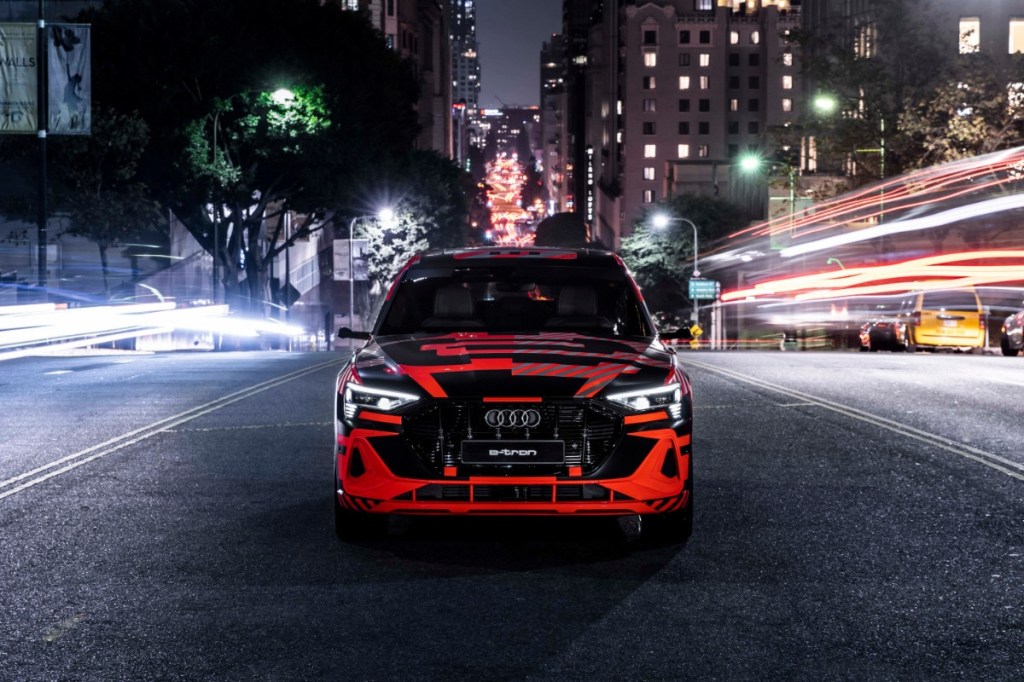The history of the headlamp is as old as the history of the car, perhaps older. Headlamps are known to have been used on the first horseless road carriages (powered by steam engines) of early 19th century Europe, much before the word ‘motor car’ became popular in late 19th century.
Over 200 years, supported by innovation and guided by regulation, headlamps have changed—from those fuelled by acetylene or oil to those powered by electric, and from positional light (light in all directions) to directional light (high beam and low beam).
Their design has also changed—rectangular, round, two lamps/four lamps, hidden headlamps, and so on.
Hidden headlamps
First introduced on the American car Cord 810 in 1936, hidden headlamps became popular during late 20th century (1970s and 1980s). These were essentially pop-up headlamps that retracted inside the body when not in use—and helped improve a car’s aerodynamics.
Famous models that incorporated such headlamps were BMW M1, Ferrari 308 GTB, Jaguar XJ220, Lamborghini Diablo, Toyota MR2, Porsche 944, among others.
But what truly made pop-up headlamps popular was the American TV series Knight Rider (1980s), in which the protagonist Michael Knight’s car (a customised Pontiac Firebird Trans Am) embodied these headlamps.
By early 2000s, automakers stopped using these (to meet pedestrian safety norms, reduce weight, cost-cutting, etc).

LED headlamps
With the development of bright LED headlamps, the retracting ones are now a thing of the past, even though the drive towards ‘hidden headlamps’ continues.
The latest, which this author stumbled upon, is an effort by the Lighting Vision Engineering Design Team at Hyundai Motor, South Korea.
In the new Tucson (not yet on sale in India), the headlamp has been merged with the grille. This headlamp is an extension of the company’s Intelligent Front-lighting System (IFS), which has been used in Genesis models, the luxury vehicle division of Hyundai.
In the Tucson, when switched off, the headlamp unit appears to be chrome (as part of the grille), and illuminates when switched on. The chrome appearance is created by covering the lens with a thin layer of aluminium. These headlamps also double as turn signals and daytime running lights.
This is not the only way headlamps are being rethought. Volkswagen has partnered with Hella to develop the IQ.LIGHT LED headlamps. Audi has Matrix LED headlights, based on DMD (Digital Micromirror Device) technology. Mercedes-Benz has something called the Digital Light.
Laser-based lighting
Nobel laureate Shuji Nakamura believes that laser-based lighting is the future. His company SLD Laser (now acquired by Kyocera) said laser-based light is 10 times brighter than LED, even as they don’t blind oncoming traffic. Going forward, as cars become IoT devices, lights will also turn into a means of communication, interacting with other road users and infrastructure, instead of just illuminating the road ahead.























